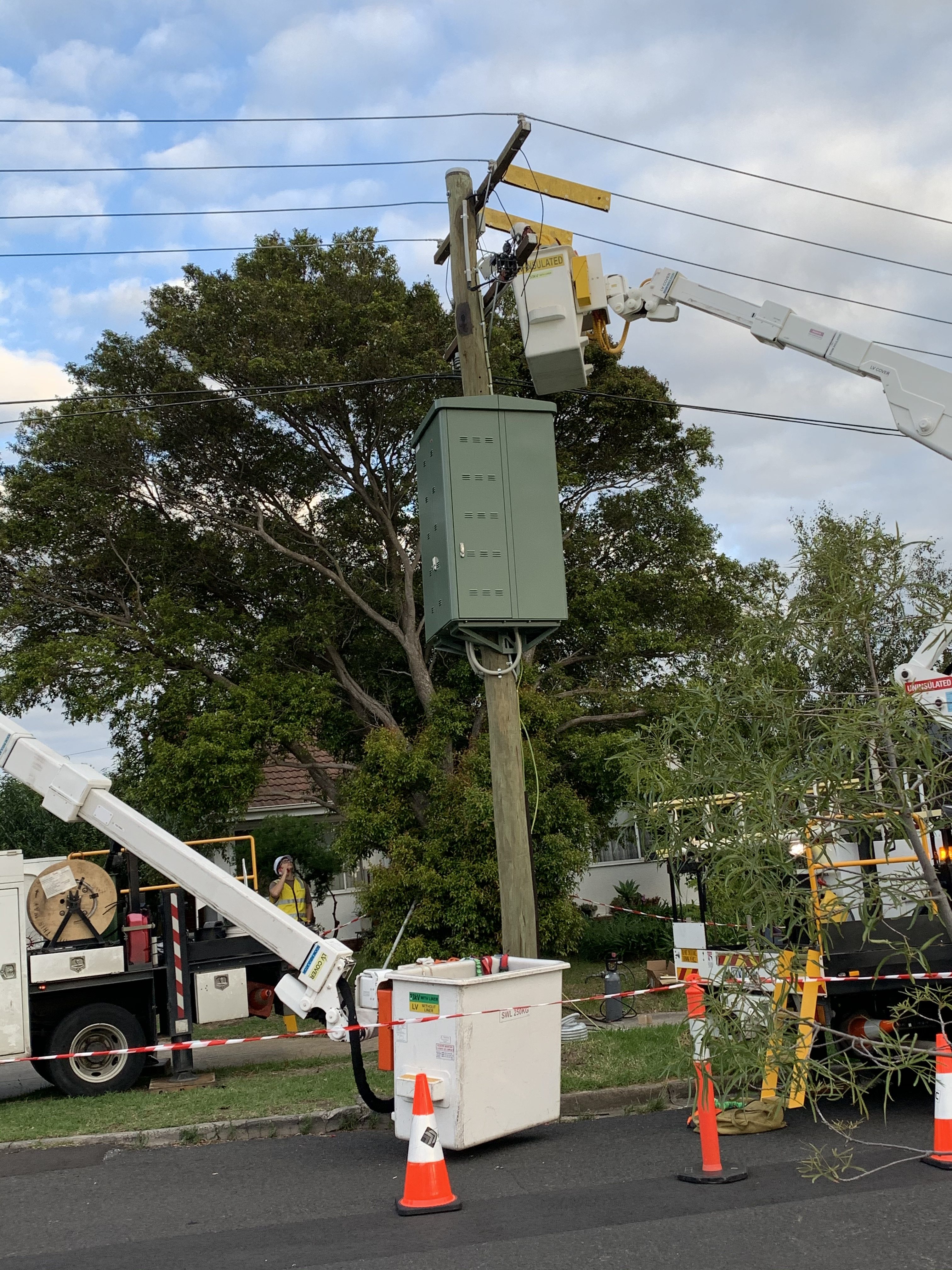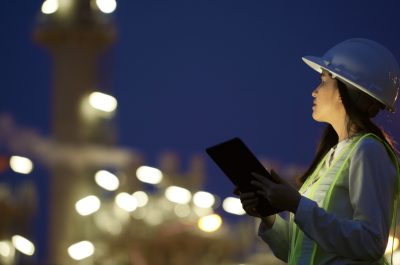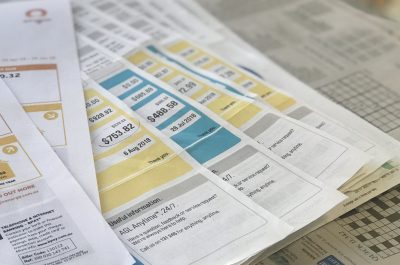Look up – community batteries are here
In the unlikely event that you happen to look up at the poles and wires in your local neighbourhood, you might notice a new addition to the poles in the Bayside suburbs of Melbourne.
United Energy is taking an innovative approach to mounting batteries in a “wrap-around” weatherproof enclosure on power poles. It is starting with two poles, one in Black Rock and the other in Highett, in the south-east suburbs of Melbourne.
Why on poles and not in homes?
Small scale batteries are increasingly popular for homeowners, particularly in partnership with Solar PV generation, but not everyone can afford to invest in these technologies.
A trial by United Energy using batteries installed in people’s homes didn’t show the benefits all customers expected.
By investing in batteries on the grid, United Energy can deploy less battery capacity to deliver the network benefit required, compared to relying on many household batteries to provide the same benefit.
The pole-top batteries aim to solve two common network problems: managing the export from rooftop solar generation and meet the increasing demand on scorching days.
Like many networks, the Bayside area of Melbourne hosts increasing amounts of rooftop solar generation, with almost 4,500 installations totalling more than 17,000 KWh of generation.
Customers are embracing new technologies and changing how they use electricity to help support the network. Innovation to manage the technical changes helps ensure high standards of reliability are maintained.
Reverse flow – the challenge of solar
We’ve talked about reverse power flows before. While electrons can ‘flow’ backwards and forwards along a wire, networks were designed to operate safely for electricity moving from the transmission system to customers, rather than electricity moving from customers onto the network.
Cars can go backwards and forwards, but vehicles have five forward gears and one reverse gear. While you can drive backwards, you wouldn’t want to do so at any high speed or for long distances – and the safety equipment, road signs and traffic lights are not effective in reverse.

These reverse flows from solar PV (such as on rooftops) may place the network close to its safe (thermal) operating limits.
On days when it is sweltering hot, the first thing most of us do when we get home is turn on the air conditioning. The result is that between 4pm-8pm electricity, demand increases significantly. It can be a challenge to ensure that power reaches customers without going over the safe operating limits of the network.
How it will work
In summer, United Energy will charge its pole top batteries, “mopping up” solar generation as it leaves homes and is exported on to the network. The electricity will be stored until that critical peak demand time when we all get home and want a cool house.
In winter, the battery can be charged at lower prices at times of low demand and then discharge in the evening to meet increased heating, cooking and lighting needs.
The pole-top batteries have been placed in locations that are behind a network constraint – a bottleneck in the network between the customers and the sub-station that links to the wider network. The bottleneck presents a limit to the increased flow of electricity, either backwards or forwards.
Imagine your favourite ice cream shop was on the other side of a steep hill. Travelling between home and the ice cream shop would be slow as you walked over the hill and back again. Placing an ice cream van next to the ice cream shop would not help you get ice cream any quicker. However, putting an ice cream van on your side of the hill means the journey to and from getting your ice cream is faster.
By placing the battery on the customer side of the constraint, United Energy can ensure that the storage and release of electricity doesn’t have to pass through the bottleneck.
Additionally, United Energy manages these constraints using demand-side response, such as its Summer Saver program. This allows customers with a large load, like an air conditioner, to manage how they use their appliance and earn when demand is reduced.
Like the pole top battery, the Summer Saver program allows those who haven’t invested in solar PV or batteries to contribute to the operation of our electricity system.
The result
The Bayside batteries have been carefully designed to be as quiet and unobtrusive as possible, and by placing them up a standard pole, the batteries and their cabinets don’t take up space on the pavement.
Investing in extra capacity by using a battery to store and release electricity behind the constraint delays or removes the need for United Energy to spend more money to remove the bottleneck. This saves customers money and allows all customers, with or without solar PV and their own batteries, to participate in the exciting transformation of electricity networks.


